GUIDE
Ghulam Infantry
A step-by-step guide to painting Infinity Haqqislam Ghulam Infantry
Looks like everybody has an airbrush these days. And it seems essential to high quality or high speed painting. But what if you don't have it for any reason? Or the models just aren't well suited to airbrushing?
That's the focus of this tutorial.
Advanced level painting, done without layering, without highlights, and even without an airbrush.
A step-by-step guide, with exact tricks used to simplify this project into no-airbrush paintjob.
That's the focus of this tutorial.
Advanced level painting, done without layering, without highlights, and even without an airbrush.
A step-by-step guide, with exact tricks used to simplify this project into no-airbrush paintjob.
As usual with almost all my projects, first I spend some time developing the color scheme and planning the process. I spoke about that approach in LazyPainter Method PDF, and these Ghulams are a good example.
So let's start with color scheme and process development, and then proceed to step-by-step painting.
So let's start with color scheme and process development, and then proceed to step-by-step painting.
Ghulam regiment moving through enemy territory during Kurage Crisis campaign
Color scheme development
My Haqqislam army for Infinity started as a speedpainting project back in 2013, when I needed to get my gaming models really fast.
I opted for studio colors (mostly), and created a painting process that gave me ~45 minutes per model result. You've probably seen it in other articles on this website:
I opted for studio colors (mostly), and created a painting process that gave me ~45 minutes per model result. You've probably seen it in other articles on this website:
Classic Haqq scheme is nice, and fits army background. Philosophers and humanitarians who are living in dusty desert looks fine in earthy tones and soft greens.
But working with new Haqq models in 2017 (and that sexy Red Veil set), I wanted to move away from that atmosphere, into more sci-fi / space mercenary feel.
But working with new Haqq models in 2017 (and that sexy Red Veil set), I wanted to move away from that atmosphere, into more sci-fi / space mercenary feel.
Character concept by thomaswievegg
I often use external reference (like 2D sci-fi or fantasy art) to create my color schemes.
More often I use reference just as an inspiration for a color combo or an atmosphere. But sometimes, when the reference is a perfect match, I copy the colors almost 100%.
The latter was the case with Ghulams.
I was browsing ideas and found this incredible character design by thomaswievegg. It is sci-fi, it radiates "space mercenary" feel, it has color combination currently not used in any Infinity army, and also colors I would like to explore.
Sand and Ivory armor plates were still alluding to Haqqislam, but orange, turquoise, reddish-brown and blue-grey drastically changed overall look.
Of course the scheme needed some alterations to look catchy on the table, but that mostly just meant increasing the saturation and contrast here and there.
More often I use reference just as an inspiration for a color combo or an atmosphere. But sometimes, when the reference is a perfect match, I copy the colors almost 100%.
The latter was the case with Ghulams.
I was browsing ideas and found this incredible character design by thomaswievegg. It is sci-fi, it radiates "space mercenary" feel, it has color combination currently not used in any Infinity army, and also colors I would like to explore.
Sand and Ivory armor plates were still alluding to Haqqislam, but orange, turquoise, reddish-brown and blue-grey drastically changed overall look.
Of course the scheme needed some alterations to look catchy on the table, but that mostly just meant increasing the saturation and contrast here and there.
Don't be shy to borrow color schemes from external references. Especially if you're not an artist with years of experience.
Process development
This time I was totally fine spending more time with my Ghulams. I already had a gaming army and wasn't in a hurry.
Still, the process must be efficient enough, so I can actually finish the project and not be bogged down somewhere in the middle.
I wasn't aiming at contest-level quality, but still were doing something more advanced than just "tabletop standard". Which is a sweet-spot I usually aim for with new projects. Fast enough for a tabletop army, but still sweet enough to put on a shelf and drool from time to time.
Let's have a look at final result, so that you can get what I mean:
Still, the process must be efficient enough, so I can actually finish the project and not be bogged down somewhere in the middle.
I wasn't aiming at contest-level quality, but still were doing something more advanced than just "tabletop standard". Which is a sweet-spot I usually aim for with new projects. Fast enough for a tabletop army, but still sweet enough to put on a shelf and drool from time to time.
Let's have a look at final result, so that you can get what I mean:
After some planning, I decided to forgo airbrushing, using it only for zenithal priming.
The reason for that is, you can't actually achieve much with an airbrush here. Just look at the photo closely and ask yourself: where do I apply airbrush here? And yes, the answer is nowhere.
Of course you CAN use airbrush if you want, but that won't bring any increase in neither quality nor speed (if you keep the scheme, of course).
So instead I opted for washing techniques as my base for speedpainting stage, and edge highlighting for refining stage.
If you're unfamiliar with speedpainting / refining structure (the PSR formula) — please refer to LazyPainter Method PDF, which goes into detail about that:
The reason for that is, you can't actually achieve much with an airbrush here. Just look at the photo closely and ask yourself: where do I apply airbrush here? And yes, the answer is nowhere.
Of course you CAN use airbrush if you want, but that won't bring any increase in neither quality nor speed (if you keep the scheme, of course).
So instead I opted for washing techniques as my base for speedpainting stage, and edge highlighting for refining stage.
If you're unfamiliar with speedpainting / refining structure (the PSR formula) — please refer to LazyPainter Method PDF, which goes into detail about that:
Now, when you understand the planning stage decisions, let's talk about the step-by-step process I developed based on them.
Step 1: Zenithal undercoat
It is still convenient to use zenithal undercoat, even if no area of the miniature would actually use it as a basecoat for painting. Because it serves as a visual guide and helps to clearly perceive all the volumes of the miniature.
But in this case, I'm also gonna use it a base for one area — the trousers, whose surface is ideal to washing over bright undercoat.
But in this case, I'm also gonna use it a base for one area — the trousers, whose surface is ideal to washing over bright undercoat.
So this step is pretty simple: I airbrush zenithal undercoat with Vallejo primers (Black and Light Grey).
Step 2: Trousers
As I said, Ghulams' trousers are a surface well suited for washing over bright undercoat. It's irregular, uneven, having folds and cavities. So that's exactly what I'll do with them:
(2-4) Washing
GW Drakenhof Nightshade + GW Druchii Violet + GW Nuln Oil + GW Lahmian Medium
2/1/1/1 ratio, 3-4 coats
(5) Controlled washing
GW Drakenhof Nightshade + GW Nuln Oil
(2-4) Washing
GW Drakenhof Nightshade + GW Druchii Violet + GW Nuln Oil + GW Lahmian Medium
2/1/1/1 ratio, 3-4 coats
(5) Controlled washing
GW Drakenhof Nightshade + GW Nuln Oil

If you haven't yet seen Washing used as the only technique to paint a surface — here's a good example, look closer at this photo. That trousers looks nice, and it's just a wash over bright undercoat. No basecoat. No highlights. Simple, fast and effective.
Step 3: Brown details
Next step is doing all brown details. And this is also a great example of simplification: just a basecoat (ahem, one thick coat, mind you) and a wash.
(2) Basecoat
Dryad Bark
(2) Washing
GW Nuln Oil + GW Agrax Earthshade
(2) Basecoat
Dryad Bark
(2) Washing
GW Nuln Oil + GW Agrax Earthshade

This surface is meant to be quite dark, and it's also non-essential one (not a focal point in any way). It doesn't need any extra attention, any refining with layers and highlights.
What a lot of people would do here is classic basecoat > wash > highlight > highlight, spending enormous time on a surface nobody would even notice.
I mean, is it leather? Some sci-fi fabrics? Plastic? I don't even bother to ask myself these questions. Slap some dark brown there and you'll be fine.
What a lot of people would do here is classic basecoat > wash > highlight > highlight, spending enormous time on a surface nobody would even notice.
I mean, is it leather? Some sci-fi fabrics? Plastic? I don't even bother to ask myself these questions. Slap some dark brown there and you'll be fine.
Step 4: Orange uniform
Contrary to the previous step, orange uniform IS a focal point in my scheme. So this is the step to spend some extra time. This process definitely could be simplified, but I just wanted to get the right tone for my orange.
(1) Basecoat
GW Deathclaw Brown + GW Macharius Solar Orange
(2) Edge highlight
VMC Sunny Skintone
(3) Controlled washing
GW Agrax Earthshade + Lahmian Medium
(4) Lining
GW Rhinox Hide
(5) Glazing
GW Carroburg Crimson
(1) Basecoat
GW Deathclaw Brown + GW Macharius Solar Orange
(2) Edge highlight
VMC Sunny Skintone
(3) Controlled washing
GW Agrax Earthshade + Lahmian Medium
(4) Lining
GW Rhinox Hide
(5) Glazing
GW Carroburg Crimson

Edge highlight and lining are optional steps that could be dropped if you wish. So you could simplify this process to basecoat > wash > glaze, and it would look fine.
Note how essential is the last glaze with Crimson, though. It adds so much more depth to orange color! Without it the uniform would look flat and boring.
Note how essential is the last glaze with Crimson, though. It adds so much more depth to orange color! Without it the uniform would look flat and boring.
Step 5: Ivory armor
Bright armor plates are a supportive element. They still draw attention due to their brightness, but not to the level saturated orange uniform does.
So my focus here is to create a right color tone, and paint it just good enough to not be out of sync with other surfaces.
(1) Basecoat
VMC Ivory
(2) Controlled washing
GW Seraphim Sepia + Lahmian Medium
(2) Lining
GW Agrax Earthshade
(3) Edge highlight
VMC Ivory
So my focus here is to create a right color tone, and paint it just good enough to not be out of sync with other surfaces.
(1) Basecoat
VMC Ivory
(2) Controlled washing
GW Seraphim Sepia + Lahmian Medium
(2) Lining
GW Agrax Earthshade
(3) Edge highlight
VMC Ivory

The last step — edge highlight is completely optional. It is also a perfect example of speedpainting-refining sequence (from the Method PDF).
Look at the photo again, and compare states (2) and (3). Not the closeups, just the overall look. Not too big difference, right? We could've stop at state (2) and it would look fine.
This is an example that shows the difference between speedpainted and refined model. Refined is more pleasant to look at, but only if you're paying attention and looking closely. When you put these models on a gaming table, it would be extremely hard to tell whether they are edge highlighted or not:
Look at the photo again, and compare states (2) and (3). Not the closeups, just the overall look. Not too big difference, right? We could've stop at state (2) and it would look fine.
This is an example that shows the difference between speedpainted and refined model. Refined is more pleasant to look at, but only if you're paying attention and looking closely. When you put these models on a gaming table, it would be extremely hard to tell whether they are edge highlighted or not:
Can you see those edge highlights here? Yep, me neither.
Step 6: Weapon
The next step might look a bit more complicated for an average painter, so it's totally fine to simplify to Weapon Speedpainting process. These two processes are very similar. This one relies on more accurate Edge Highlighting, while the speedpainting process requires less brush control.
But if you feel yourself comfortable with Edge Highlighting, and it doesn't take ages with your skill level, here's my recipe:
(1) Basecoat
Black
(2) Highlight
VMC Neutral Grey
(3) Edge highlight
VMA Pale Blue Grey
(4) Points of light
White
(5-6) Washing
GW Nuln oil (weapon) and GW Drakenhof Nightshade (gloves)
But if you feel yourself comfortable with Edge Highlighting, and it doesn't take ages with your skill level, here's my recipe:
(1) Basecoat
Black
(2) Highlight
VMC Neutral Grey
(3) Edge highlight
VMA Pale Blue Grey
(4) Points of light
White
(5-6) Washing
GW Nuln oil (weapon) and GW Drakenhof Nightshade (gloves)

This is the most common process I use on weapons these days. It's a bit more time-consuming than a speedpainting process, but if you have the accuracy it pays off. Of course, it is designed for 2-3 hours per model paintjobs, not for big army painting.
Step 7: Hair
I've done slightly different tones of hair on different soldiers, but the process itself was more or less the same:
(1) Basecoat
VMC Cavalry Brown + GW Rhinox Hide
(2) Highlight
VMC Cavalry Brown
(3) Highlight
VMC Cavalry Brown + VMC Flat Flesh
(4) Points of light
GW Pallid Wych Flesh
(5) Washing
GW Agrax Earthshade
(1) Basecoat
VMC Cavalry Brown + GW Rhinox Hide
(2) Highlight
VMC Cavalry Brown
(3) Highlight
VMC Cavalry Brown + VMC Flat Flesh
(4) Points of light
GW Pallid Wych Flesh
(5) Washing
GW Agrax Earthshade

This guy is probably not the best illustration for the process (just not too much hair out there), but he is the only one we got. Maybe a finished pic of this lady would give you a better understanding of this step:

Similar with previous step, this process is fine for 2-3 hours per model paintjobs. If you're speedpainting, deifinitely simplify it to "basecoat > highlight > wash", or even "undercoat > wash".
Step 8: Face
Painting faces (and eyes!) is a painful topic for a lot of folks. I'm not trying to solve this problem here, since it requires much more talk and photos and examples.
But my process for doing faces is quite simple, and is pretty much the same all the time. And it doesn't involve layering, highlights, blending or airbrushing. Isn't that cool?
Remember me talking about painting faces without highlights in Washing tutorial? Here's the recipe:
(1) Basecoat
GW Pallid Wych Flesh
(2) Washing
GW Seraphim Sepia + GW Lahmian Medium
(3) Controlled washing
GW Agrax Earthshade + GW Lahmian Medium
(4) Controlled washing
GW Reikland Earthshade
(5) Controlled washing
GW Druchii Violet
(6) Eyebrows and eyes
Want to simplify it even more? Just do white undercoat and follow up wish Sepaphim Sepia and Agrax Earthshade. That's it. Undercoat > wash > wash.
But my process for doing faces is quite simple, and is pretty much the same all the time. And it doesn't involve layering, highlights, blending or airbrushing. Isn't that cool?
Remember me talking about painting faces without highlights in Washing tutorial? Here's the recipe:
(1) Basecoat
GW Pallid Wych Flesh
(2) Washing
GW Seraphim Sepia + GW Lahmian Medium
(3) Controlled washing
GW Agrax Earthshade + GW Lahmian Medium
(4) Controlled washing
GW Reikland Earthshade
(5) Controlled washing
GW Druchii Violet
(6) Eyebrows and eyes
Want to simplify it even more? Just do white undercoat and follow up wish Sepaphim Sepia and Agrax Earthshade. That's it. Undercoat > wash > wash.

Now, "Eyebrows and eyes" stage is obviously a "how to paint an owl" situation. I do realize that. And I'm deliberately not giving you any process for painting eyes here, because that's a whole another topic (and a big one). I'll try to help you with that, one day.
Don't want to struggle with eyes in the meantime? The Russian Sphinx episode has the most honest advice I can give you, and I do highly recommend to give it a listen.
Don't want to struggle with eyes in the meantime? The Russian Sphinx episode has the most honest advice I can give you, and I do highly recommend to give it a listen.
Step 9: Details
The only thing left is to add some cool little details, like the insignia and small light sources. The process is quite simple here:
Insignia
(1) Basecoat
GW Rhinox Hide, VMA Blue
(2) Controlled washing
GW Coelia Greenshade
Light sources
(3) Basecoat
GW Temple Guard Blue + VMA Blue
(4) Highlight
White
Insignia
(1) Basecoat
GW Rhinox Hide, VMA Blue
(2) Controlled washing
GW Coelia Greenshade
Light sources
(3) Basecoat
GW Temple Guard Blue + VMA Blue
(4) Highlight
White

That may be not obvious from the pics, but their kneepads are flat (there is no separating line in the middle — left and right kneepads are identical). So the insignia you see is actually a very simple freehand.
I don't recommend doing this in squad-level painting if you're not comfortable with freehand technique and don't have enough brush control. But if you do — small details like this add a lot of character and uniqueness to your models.
I don't recommend doing this in squad-level painting if you're not comfortable with freehand technique and don't have enough brush control. But if you do — small details like this add a lot of character and uniqueness to your models.
Final thoughts
After getting the process right, I've also redone the Support Pack and all the Remotes in the same scheme.
BTW, see those converted mono-wheel Remotes? That's a test for whether or not you're a long-time Infinity vet. Sort of an Easter Egg. Can you recognize the source parts for conversion?
BTW, see those converted mono-wheel Remotes? That's a test for whether or not you're a long-time Infinity vet. Sort of an Easter Egg. Can you recognize the source parts for conversion?

I like the final result much better than my previous scheme, even with the extra time I've spent on these models.
Back in 2017 when I've done them, I was still figuring out a lot of speedpainting techniques, and these Ghulams took me around 5 hours per model, which is insane.
If I were redoing them now, with accumulated experience, and all the possible simplifications I've mentioned in the guide, it would likely be something around 2.5 - 3 hours per model. Which is fine for somewhat advanced standard and no-airbrush painting process.
Back in 2017 when I've done them, I was still figuring out a lot of speedpainting techniques, and these Ghulams took me around 5 hours per model, which is insane.
If I were redoing them now, with accumulated experience, and all the possible simplifications I've mentioned in the guide, it would likely be something around 2.5 - 3 hours per model. Which is fine for somewhat advanced standard and no-airbrush painting process.
Feel free to use this process, or take some parts of it, on your own models. I'll be happy to see the results you'll get.
Until next time!
Until next time!
After previous articles, some of you guys said "Hey, it's all cool and interesting, but can you give us some actual step-by-step guides?"
So hopefully this one would be helpful.
Did you grabbed any useful tips or processes? Got some insights into painting a unit like this? Realized how to simplify some steps in your own miniature painting? Let me know what you think in the comments below.
And of course — paint smarter, not harder!
So hopefully this one would be helpful.
Did you grabbed any useful tips or processes? Got some insights into painting a unit like this? Realized how to simplify some steps in your own miniature painting? Let me know what you think in the comments below.
And of course — paint smarter, not harder!
What's next

